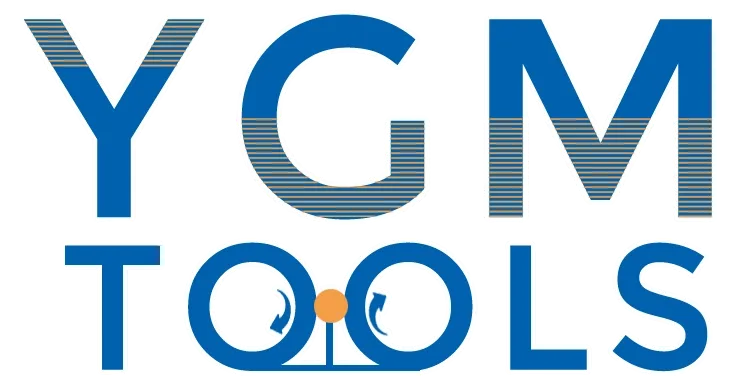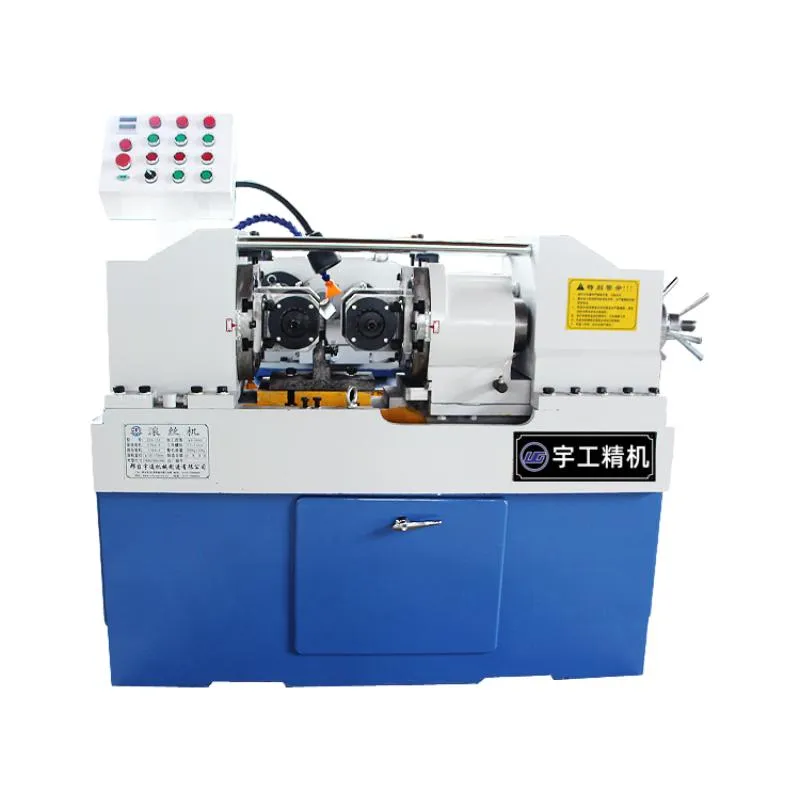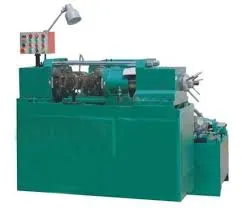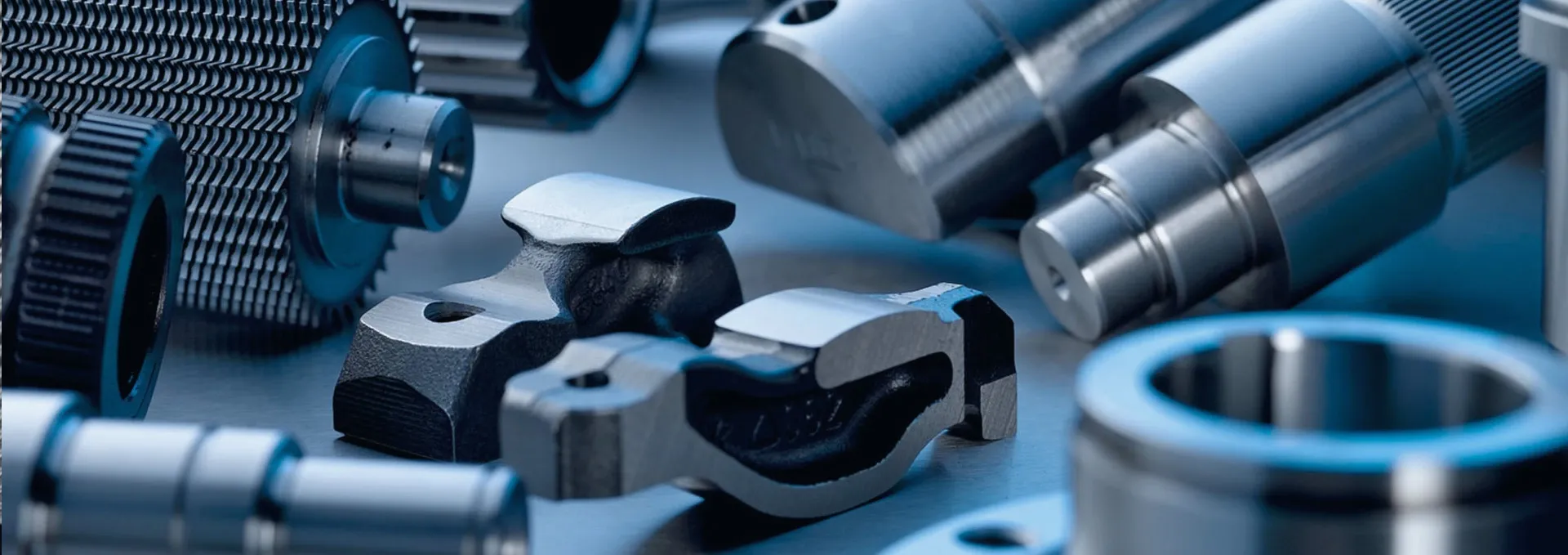
-
 Afrikaans
Afrikaans -
 Albanian
Albanian -
 Amharic
Amharic -
 Arabic
Arabic -
 Armenian
Armenian -
 Azerbaijani
Azerbaijani -
 Basque
Basque -
 Belarusian
Belarusian -
 Bengali
Bengali -
 Bosnian
Bosnian -
 Bulgarian
Bulgarian -
 Catalan
Catalan -
 Cebuano
Cebuano -
 Corsican
Corsican -
 Croatian
Croatian -
 Czech
Czech -
 Danish
Danish -
 Dutch
Dutch -
 Inglise
Inglise -
 Esperanto
Esperanto -
 Estonian
Estonian -
 Finnish
Finnish -
 French
French -
 Frisian
Frisian -
 Galician
Galician -
 Georgian
Georgian -
 German
German -
 Greek
Greek -
 Gujarati
Gujarati -
 Haitian Creole
Haitian Creole -
 hausa
hausa -
 hawaiian
hawaiian -
 Hebrew
Hebrew -
 Hindi
Hindi -
 Miao
Miao -
 Hungarian
Hungarian -
 Icelandic
Icelandic -
 igbo
igbo -
 Indonesian
Indonesian -
 irish
irish -
 Italian
Italian -
 Japanese
Japanese -
 Javanese
Javanese -
 Kannada
Kannada -
 kazakh
kazakh -
 Khmer
Khmer -
 Rwandese
Rwandese -
 Korean
Korean -
 Kurdish
Kurdish -
 Kyrgyz
Kyrgyz -
 Lao
Lao -
 Latin
Latin -
 Latvian
Latvian -
 Lithuanian
Lithuanian -
 Luxembourgish
Luxembourgish -
 Macedonian
Macedonian -
 Malgashi
Malgashi -
 Malay
Malay -
 Malayalam
Malayalam -
 Maltese
Maltese -
 Maori
Maori -
 Marathi
Marathi -
 Mongolian
Mongolian -
 Myanmar
Myanmar -
 Nepali
Nepali -
 Norwegian
Norwegian -
 Norwegian
Norwegian -
 Occitan
Occitan -
 Pashto
Pashto -
 Persian
Persian -
 Polish
Polish -
 Portuguese
Portuguese -
 Punjabi
Punjabi -
 Romanian
Romanian -
 Russian
Russian -
 Samoan
Samoan -
 Scottish Gaelic
Scottish Gaelic -
 Serbian
Serbian -
 Sesotho
Sesotho -
 Shona
Shona -
 Sindhi
Sindhi -
 Sinhala
Sinhala -
 Slovak
Slovak -
 Slovenian
Slovenian -
 Somali
Somali -
 Spanish
Spanish -
 Sundanese
Sundanese -
 Swahili
Swahili -
 Swedish
Swedish -
 Tagalog
Tagalog -
 Tajik
Tajik -
 Tamil
Tamil -
 Tatar
Tatar -
 Telugu
Telugu -
 Thai
Thai -
 Turkish
Turkish -
 Turkmen
Turkmen -
 Ukrainian
Ukrainian -
 Urdu
Urdu -
 Uighur
Uighur -
 Uzbek
Uzbek -
 Vietnamese
Vietnamese -
 Welsh
Welsh -
 Bantu
Bantu -
 Yiddish
Yiddish -
 Yoruba
Yoruba -
 Zulu
Zulu
Automatic Thread Rolling Machine
In the fast-paced world of industrial manufacturing, the automatic thread rolling machine is a game-changer for companies seeking high-speed and consistent thread production. This machine automates the entire threading process—from feeding and positioning to rolling and output—resulting in minimal human intervention and maximum productivity.

An automatic thread rolling machine is ideal for high-volume production lines where speed, precision, and uniform quality are essential. Equipped with programmable controls, auto-die adjustments, and safety interlocks, these machines help streamline workflow while reducing errors and downtime.
From automotive fasteners to structural bolts, an automatic thread rolling machine ensures that every thread is formed with accuracy, strength, and repeatability. The combination of advanced automation and cold-forming technology not only improves product consistency but also boosts overall manufacturing efficiency.
Flat Die Thread Rolling Machine: The Industry Standard for Mass Production
The flat die thread rolling machine is a foundational tool in the screw and bolt manufacturing industry. It uses two flat dies—one stationary and one reciprocating—to cold-form threads on fasteners as they pass between them. This design enables the high-speed production of threaded parts with excellent surface finish and dimensional accuracy.
One of the major benefits of a flat die thread rolling machine is its ability to produce multiple threads per minute, making it ideal for mass production. These machines are widely used for creating standardized threads on screws, bolts, and studs in various sizes and materials.
Thanks to its robust structure and efficient design, the flat die thread rolling machine offers consistent thread quality, minimal material waste, and long die life. It is particularly favored in industries where speed and volume are top priorities, including automotive, hardware, and construction.
Hydraulic Thread Rolling Machine: Power and Flexibility for Heavy-Duty Threads
When it comes to threading larger diameter materials or working with harder metals, the hydraulic thread rolling machine stands out for its strength and precision. This type of machine uses hydraulic pressure to exert force on the dies, enabling smooth, powerful rolling even on tough workpieces.
The hydraulic thread rolling machine offers superior control over rolling speed and pressure, allowing manufacturers to tailor settings based on thread pitch, material type, and size. Its heavy-duty construction and precise hydraulic system make it suitable for threading rebar, axles, and industrial shafts.
Additionally, the flexibility of a hydraulic thread rolling machine allows for threading both external and internal surfaces, and it can be equipped with advanced features like digital displays, auto-feed systems, and cooling units. It's the go-to choice for industries that demand strength, reliability, and customization.
Comparing Automatic, Flat Die, and Hydraulic Thread Rolling Machines
Choosing between an automatic thread rolling machine, a flat die thread rolling machine, and a hydraulic thread rolling machine depends largely on your production needs, material types, and desired thread specifications.
The automatic thread rolling machine is best for high-volume, low-supervision environments. It's ideal for fastener manufacturers needing consistent output with minimal manual input. On the other hand, the flat die thread rolling machine excels at mass-producing small-to-medium threaded parts quickly and affordably. It offers simplicity, speed, and cost-effectiveness.
Meanwhile, the hydraulic thread rolling machine is perfect for heavy-duty industrial applications where larger materials or higher precision is required. It allows for better control and customization in the threading process.
Understanding your specific application will help you select the right machine and ensure optimal performance and return on investment.
Why Thread Rolling is Superior to Thread Cutting in Modern Manufacturing
Whether using an automatic thread rolling machine, a flat die thread rolling machine, or a hydraulic thread rolling machine, the thread rolling process itself offers significant advantages over traditional thread cutting methods.
Thread rolling is a cold-forming process, which means it doesn’t remove material but instead reshapes it. This results in stronger threads due to work hardening and grain flow alignment. Additionally, the surface finish is smoother and more resistant to corrosion and fatigue.
Machines like the automatic thread rolling machine and hydraulic thread rolling machine also reduce production time and waste, leading to cost savings over time. The use of these machines enhances efficiency, ensures repeatable accuracy, and supports sustainable manufacturing.
For companies seeking to improve product quality while reducing costs, adopting any modern thread rolling machine is a strategic decision that pays off in durability and performance.
Automatic thread rolling machine FAQs
What is the difference between a flat die and hydraulic thread rolling machine?
A flat die thread rolling machine uses two flat dies to press threads onto a moving workpiece and is best for small-to-medium fasteners in high volumes. A hydraulic thread rolling machine, on the other hand, uses hydraulic pressure to roll threads and is suitable for large, hard materials requiring precision and strength.
Why should I choose an automatic thread rolling machine?
An automatic thread rolling machine reduces the need for manual handling, increases output consistency, and decreases operator fatigue. It's ideal for businesses aiming to scale up production while maintaining tight quality control and reducing labor costs.
Can a hydraulic thread rolling machine be used for rebar threading?
Yes, a hydraulic thread rolling machine is highly effective for rebar threading due to its strong pressing force and ability to handle tough materials. Many models are specifically designed to meet construction and infrastructure industry requirements.
How long do thread rolling dies last?
The lifespan of dies in an automatic thread rolling machine or flat die thread rolling machine depends on the material being threaded and machine maintenance. On average, high-quality dies can last for tens of thousands of cycles with proper lubrication and alignment.
Is thread rolling more cost-effective than thread cutting?
Yes. Thread rolling with machines like the flat die thread rolling machine and hydraulic thread rolling machine uses no material removal, resulting in zero chip waste. It also creates stronger threads and requires less post-processing, ultimately saving time and money over the long term.
automatic thread rolling machine
The Evolution and Importance of Automatic Thread Rolling Machines
In the world of manufacturing, precision and efficiency are key elements that dictate the success of production processes. Among various techniques employed to create high-quality threaded components, the use of automatic thread rolling machines has gained significant traction. These machines simplify the thread formation process, ensuring consistency and accuracy while reducing production time and costs.
Thread rolling is a cold working process used to form threads on a variety of materials, typically metals. Unlike traditional cutting methods that remove material to create threads, thread rolling displaces the material, creating strong and durable threads without the generation of chips. This method enhances the mechanical properties of the threads and results in a smoother surface finish, making it ideal for applications in aerospace, automotive, and general engineering industries.
The automatic thread rolling machine marks a significant advancement in this manufacturing domain, combining technology with efficiency. These machines are equipped with advanced control systems and high-speed capabilities, allowing them to operate with minimal human intervention. This automation not only enhances the speed of production but also reduces the likelihood of human error, leading to a higher quality end product.
One of the critical advantages of using automatic thread rolling machines lies in their ability to handle a variety of materials and thread profiles. Whether it’s soft metals like aluminum or harder materials like stainless steel, these machines can be calibrated to work with distinct specifications, producing threads that meet precise engineering standards. The flexibility of automatic thread rolling machines also extends to the ability to create different thread pitches and diameters in a single operation, thus optimizing production workflows.
automatic thread rolling machine

Moreover, the shift towards automatic machines signifies an important movement toward sustainability in manufacturing processes. Thread rolling consumes less energy compared to traditional cutting methods—as it does not require extensive cutting tools that wear out and need frequent replacement. This contributes to reduced material waste and a lower carbon footprint, aligning with modern industrial objectives aimed at sustainability.
Another aspect worthy of noting is the reduced setup time that automatic thread rolling machines provide. With the help of digital controls and programmable settings, manufacturers can quickly switch between different production runs, significantly improving the overall efficiency of operations. This adaptability is crucial in today’s fast-paced market, where the demand for customized components is growing.
Despite these advancements, operators must ensure proper maintenance and calibration of automatic thread rolling machines to maintain their efficiency and accuracy. Regular checks and adjustments can prevent wear and tear, prolong machine life, and ensure consistent production quality.
In conclusion, automatic thread rolling machines represent an essential innovation in the manufacturing sector. Their ability to produce high-quality threaded components efficiently, along with their adaptability to various materials and specifications, makes them invaluable across numerous industries. As the demand for precision-engineered products continues to rise, the role of these machines will undoubtedly become even more critical in shaping the future of manufacturing processes. Embracing such technology not only enhances productivity but also contributes to an environmentally sustainable approach, showcasing the potential of modern engineering in a rapidly evolving industrial landscape.
